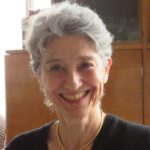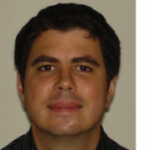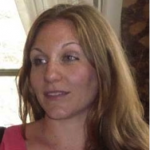Link to Pubmed [PMID] – 18591282
Link to DOI – 10.1128/AAC.00088-08
Antimicrob Agents Chemother 2008 Sep; 52(9): 3092-8
Mutations in two specific regions of the Fks1 subunit of 1,3-beta-D-glucan synthase are known to confer decreased caspofungin susceptibility on Candida spp. Clinical isolates of Candida spp. (404 Candida albicans, 62 C. tropicalis, and 21 C. krusei isolates) sent to the French National Reference Center were prospectively screened for susceptibility to caspofungin in vitro by the broth microdilution reference method of the Antifungal Susceptibility Testing Subcommittee of the European Committee on Antibiotic Susceptibility Testing (AFST-EUCAST). Twenty-eight isolates (25 C. albicans, 2 C. tropicalis, and 1 C. krusei isolate) for which the caspofungin MIC was above the MIC that inhibited 90% of the isolates of the corresponding species (MIC(90)) were subjected to molecular analysis in order to identify mutations in the fks1 gene. Substitutions in the deduced protein sequence of Fks1 were found for 8 isolates, and 20 isolates had the wild-type sequence. Among the six C. albicans isolates harboring mutations, six patterns were observed involving amino acid changes at positions 641, 645, 649, and 1358. For C. tropicalis, one isolate showed an L644W mutation, and for one C. krusei isolate, two mutations, L658W and L701M, were found. Two media, RPMI medium and AM3, were tested for their abilities to distinguish between isolates with wild-type Fks1 and those with mutant Fks1. In RPMI medium, caspofungin MICs ranged from 0.25 to 2 microg/ml for wild-type isolates and from 1 to 8 micro for mutant isolates. A sharper difference was observed in AM3: all wild-type isolates were inhibited by 0.25 micro of caspofungin, while caspofungin MICs for all mutant isolates were >or=0.5 microg/ml. These data demonstrate that clinical isolates of C. albicans, C. tropicalis, and C. krusei with decreased susceptibility to caspofungin in vitro have diverse mutations in the fks1 gene and that AM3 is potentially a better medium than RPMI for distinguishing between mutant and wild-type isolates using the AFST-EUCAST method.


